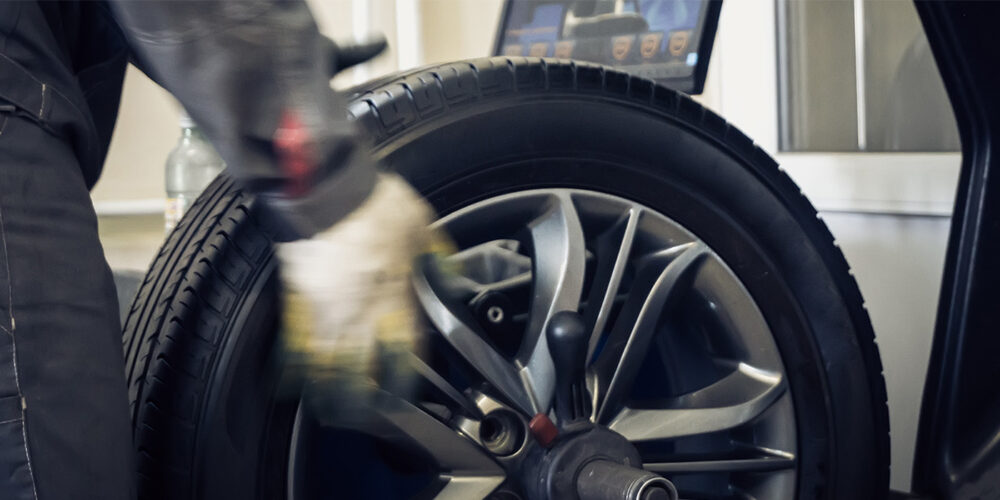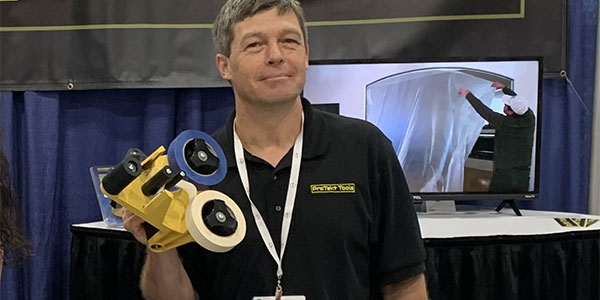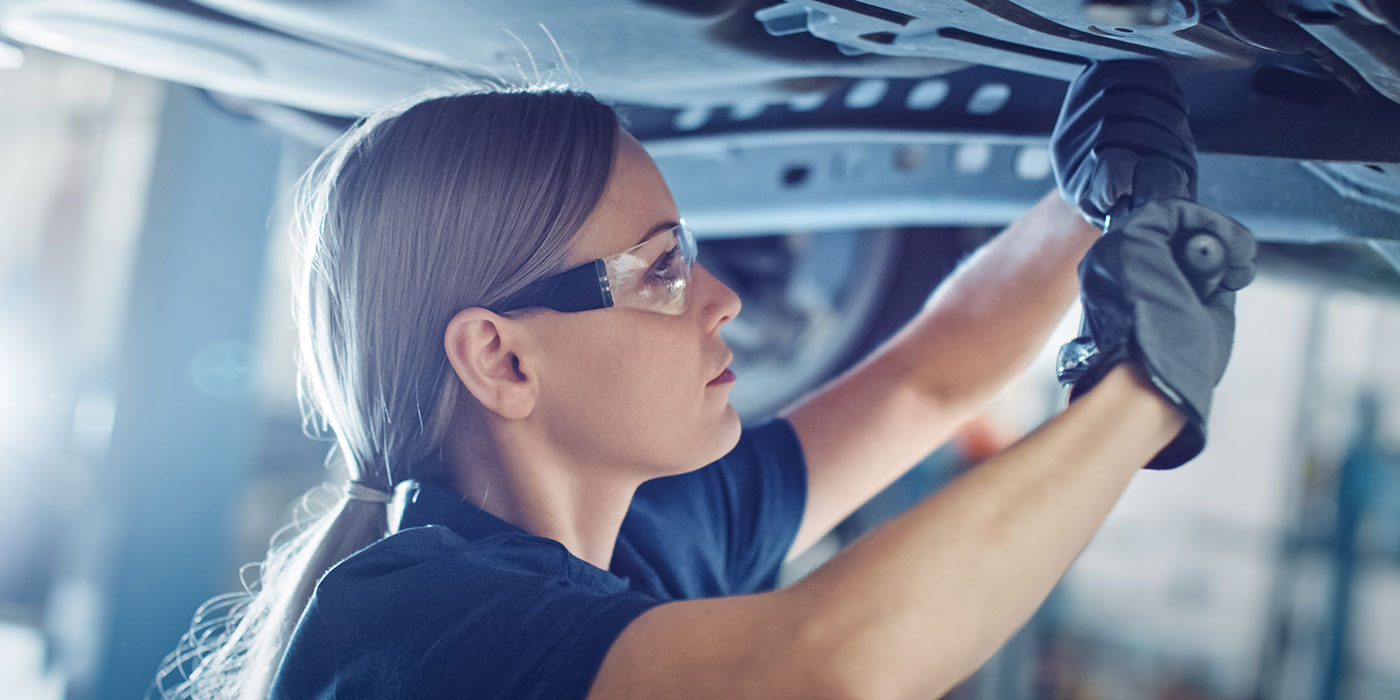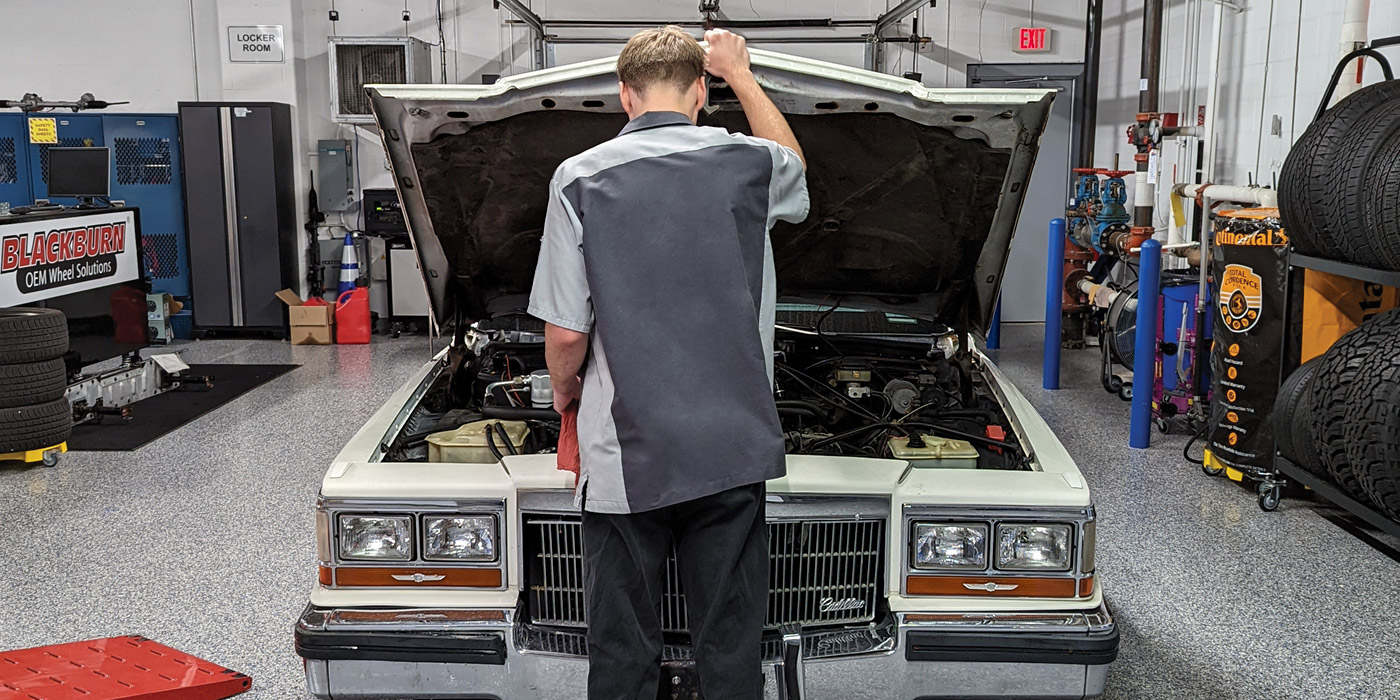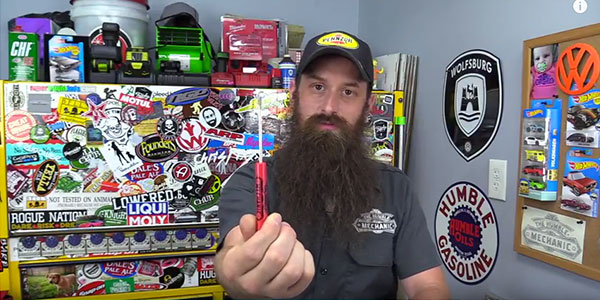
Proper tool usage can be very important. Using a tool the way it was designed to be used is usually the best way, but sometimes you’ve gotta use a tool in a way it just wasn’t designed. This month, we’ll take a fun look at using a tool right versus getting a job done.
When it comes to the world of auto repair and tools, there are some universal rules, including: Screwdrivers are not pry bars. Don’t use chrome sockets on an impact wrench. Your fist is not a hammer. Your screwdriver is not a hammer. Your ratchet is not a hammer. A breaker bar is not a ratchet and a ratchet is not a breaker bar. Twist-on wire nuts for your house are not meant to be used on your car. You get the picture.
I actually agree with a lot of these rules. That being said, there comes a point in time where the proper use for the tool gets overtaken by the need to get a job done. Over the years, I’ve found multiple tools that serve multiple purposes. The fact that a pocket screwdriver is technically not a pry bar is absolutely insane to me because every single one of us knows that those things are really good little pry tools.
So, here are a few things that I keep in mind when I’m trying to weigh whether or not I use a tool exactly as it was intended or do I just gotta get the job done?
First and foremost, what we really need to consider is safety. I will be very honest with you guys; throughout my career, there have been plenty of times where I’ve used something or done something in a certain way where if you saw it, you’d be like, “This dude is off his rocker.” It might be sketchy, but you gotta do what you gotta do to get the job done. From me as a professional to you as a professional, you really do need to keep safety in mind. So, wear the glasses, gloves, ear plugs if we need them, face shield if we need that or full body armor if that’s what it takes to make sure that we’re working in a safe manner.
The argument of chrome sockets versus impact sockets really does have a lot of merit. Chrome sockets are generally more brittle than impact sockets, so the odds of them breaking are considerably higher. There’s even research actually showing that impact sockets will do a better job — the impact wrench can hit harder with an impact socket than a chrome socket — which is really kind of interesting. Throughout my career, I’ve done both. I’ve had certain chrome sockets that never got used on anything but an impact wrench. And there are plenty times that I’ve used impact sockets with hand tools because that’s just what I had. And what happens when they don’t make the socket that you need in an impact version? You gotta do what you gotta do. Maybe we break it loose with a hand tool and then zip it out the rest of the way with an impact.
The next matter at hand is what’s it going to cost to get the proper tool, the exact right tool? Is this a one-time job and I’m going to have to spend $300 on buying a whole set of tools or a specialized wrench or is it something that I can spend a little time, a little ingenuity and a little creativity and come up with something that perhaps wasn’t designed for it but still fits the function perfectly and gets the overall job done correctly? Almost every single time, especially if it’s a one-, maybe two-time gig, I’m going to take the creative route and go that way instead of forking over the dough for the big, expensive tool. And that’s coming from a guy who loves, loves, loves buying tools. But I don’t want to spend a bunch of money on a tool that I’m not going to have any need for ever again.
Finally, you really need to make sure that the job is getting done as if you were using the proper tool. So whether you’re rigging something up, or you’re using a pocket screwdriver as a pry bar, I don’t necessarily get too upset, as long as the end product is exactly correct. If you’re using the pocket screwdriver to pry a trim piece when you should be using a plastic trim tool and it mars up the plastic, you didn’t do the job right. You tore up the plastic. You ruined it. Now you gotta fix it or replace it. So in that case, the pocket screwdriver does not do the job.
But if I’m using the pocket screwdriver as a Phillips head screwdriver or a torque screwdriver or a tiny little pry bar to move a little piece of metal, the job’s going to get done overall the same. I don’t want to dig around for a pry bar this size because I don’t have one, despite all the pry bars I have, when this, which lives in my pocket all the time, will do just fine.
If the end result is perfect and exactly what it would have been had you had the proper tool, I don’t get too upset and I don’t get too much heartburn over using a tool maybe differently than it was intended, as long as you’re getting the job right and you’re doing it safely because, you know, we don’t want to poke ourselves in the eye with anything or jab something through our hands, which I’ve actually seen a handful of times. No pun intended.
There are plenty of tools out there that have one function and one function only. You do not want to use a torque wrench as a hammer. You do not want to use a torque wrench as a pry bar. Those are precision tools. A screwdriver, on the other hand, if you need to pry something up a little bit or you need to use it maybe as a little punch, I don’t get too upset about that, just as long as, again, the job is perfect, the safety level is as high as it can be and you’re being smart about it.
Okay. Last thing, make sure we’re not doing any significant damage to our really expensive high-end tools. You damage a pocket screwdriver, it’s not that big of a deal. Damaging a couple hundred-dollar tool does hurt a whole lot more.
That brings me to this: What do you guys think? What are some of your must-use-properly tools versus the tools that are a little bit flexible and we can get away with a little bit more than maybe the tool was intended for? Let me know! You can write me at [email protected]. Put “Proper Tool Use” in the subject line.
At some point every tech will need a custom tool… the perfect tool does not always exist. So you have to either make a tool or modify an existing tool to fill our car repair needs. For more, check out Charles’ blog at humblemechanic.com/?p=6060.
Have you created or modified a tool that you’re especially proud of? Or have you had one of your ideas turned into a tool that is now being manufactured? Tell us about it! Send your story to [email protected].





